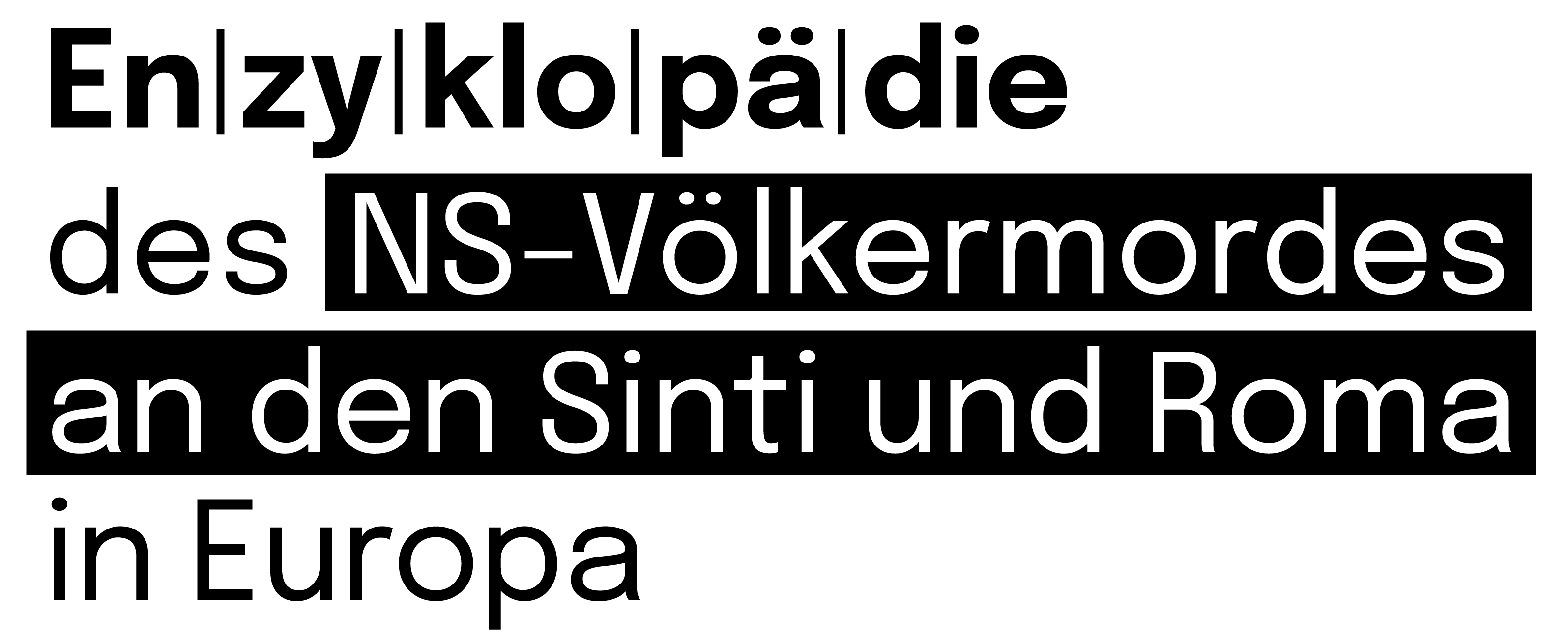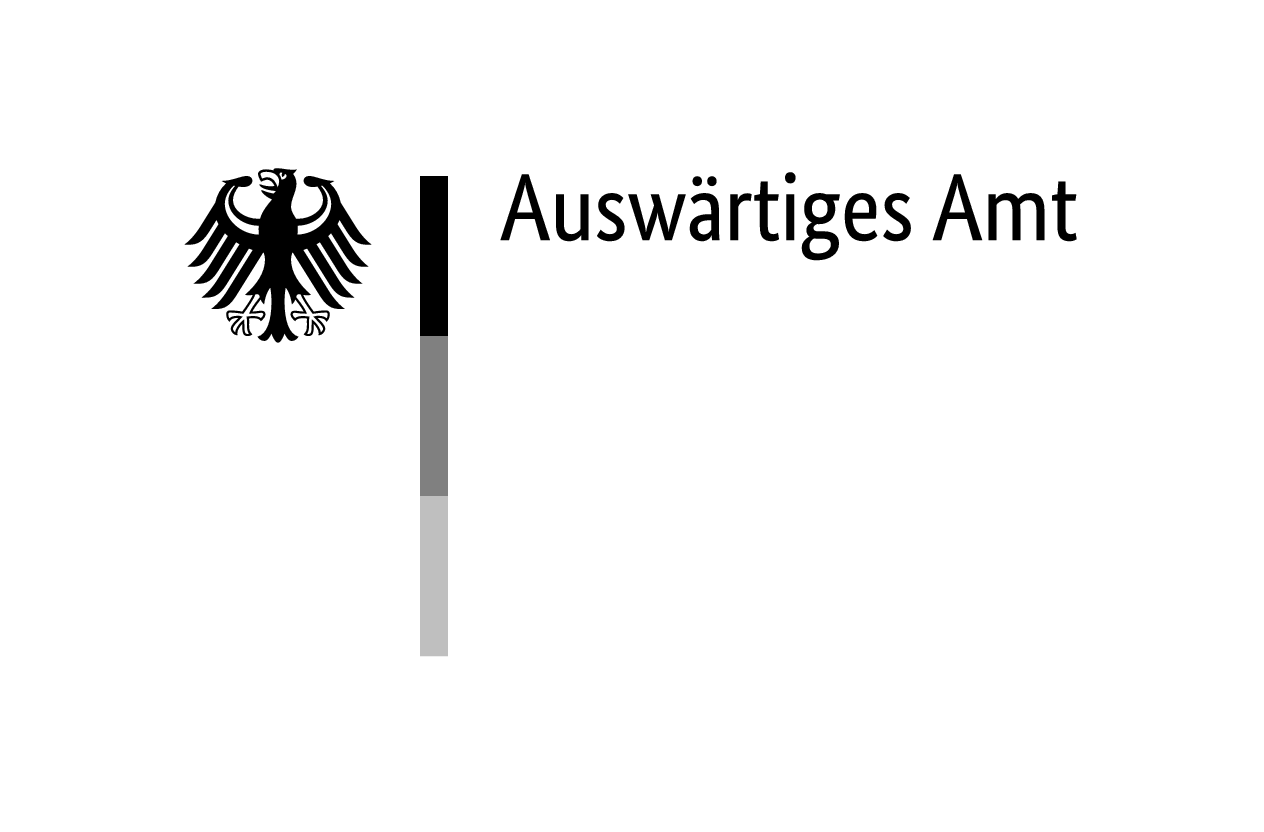As a result of the National Socialist plans for the conquest of Europe and the Munich agreement in September 1938, the First Czechoslovak Republic was torn apart. In a first step, Germany annexed the borderlands of Czechoslovakia (the Sudetenland). Next, parts of Silesia were awarded to Poland.
For centuries, the borderland area had been settled predominantly by a German-speaking population, and it was heavily affected by the consequences of the global economic crisis. This led to the rise of the Sudeten German Party [Sudetendeutsche Partei, SdP] during the 1930s. The party was established to advocate the interests of Czech Germans, exploiting the difficult economic and social situation to launch attacks against Czechoslovakia. The ascent and political success of this party were also influenced by the growing strength of the National Socialist German Workers‘ Party [Nationalsozialistische Deutsche Arbeiterpartei, NSDAP] in Germany, which provided ideological and organisational support.
Annexation in 1938
Immediately after the Sudetenland was annexed to Germany in 1938, the introduction of German legal norms began in the territory, along with the Nazification of political and social life. This period also witnessed the expulsion and escape of Czech and Jewish populations, as well as German anti-fascists, to the remaining parts of Czechoslovakia. Among the first to be impacted by the new political situation were also Roma and Sinti living in the border areas. The German authorities immediately began to apply Nazi laws, including all existing ‘anti-Gypsy’ measures (notably immobilisation and the decree on ‘Combating the Gypsy Menace’). Families of Sinti and Roma who could not prove residence in the annexed areas were reported to the Czechoslovak authorities and deported across the border. Czechoslovak police authorities returned some of the expelled Sinti and Roma back to Germany, so that some of them crossed the state border several times—legally and illegally.
Detention Camps and Forced Labour
The Roma and Sinti population was gradually interned in various detention camps, often for the purpose of forced labour. In Reichenberg (Liberec) in North Bohemia, which became the capital of the Reichsgau Sudetenland in 1939, four camps for ‘Zigeuner‘ from the Liberec region were established between 1939 and 1943. Roma and Sinti were also interned in Silesia, for example, in detention camps in Osoblaha (then Hotzenplotz, today Bruntál district) and Dolní Marklovice (then Nieder Marklowitz, today Karviná district).
About a thousand Roma and Sinti men, women, and children from the Czech and Moravian border regions belonging to the German Reich were subsequently deported to Auschwitz-Birkenau concentration and extermination camp on the basis of the Auschwitz Decree. Most of them were deported in March and April 1943 on mass transports together with German and Austrian Sinti and Roma. Very few survived.
The names of Czech, Moravian and Silesian Roma and Sinti appear in the records of the Camp Section BIIe in Auschwitz-Birkenau, listed according to the place and date of departure of the transport. Most of them were recorded as German nationals. For example, on 17 March 1943, 658 Sinti and Roma from the Sudetenland were registered in the camp. Roma and Sinti from Mikulov (in German Nikolsburg, today Břeclav district) and surrounding areas were deported on a mass transport from the Austrian Burgenland region on 8 April 1943.
Detailed research on the fate of Roma and Sinti from the Czechoslovak borderlands has yet to be carried out. The topic was dealt with briefly by the historian Ctibor Nečas (1933–2017) in his 1981 book ‘Nad osudem českých a slovenských Cikánů 1939-1945’ about the fate of the Czech and Slovak Roma during World War II. The names of Roma and Sinti men, women and children from the Sudetenland who were interned in Auschwitz-Birkenau are included in his book ‘Aušvicate hi khér báro. Čeští vězňové cikánského tábora v Osvětimi II—Brzezince’, published in 1992, which contains lists of internees from the territory of today‘s Czech Republic. Regional research on the detention camps for Roma and Sinti in Reichenberg was carried out by historian Ivan Rous (born 1978). Since 1989, there has also been a regular commemoration of victims in some municipalities, mainly initiated by various local Romani associations. Exceptionally (in Liberec), this also involves the laying of Stolpersteine [Stumbling Stones].




